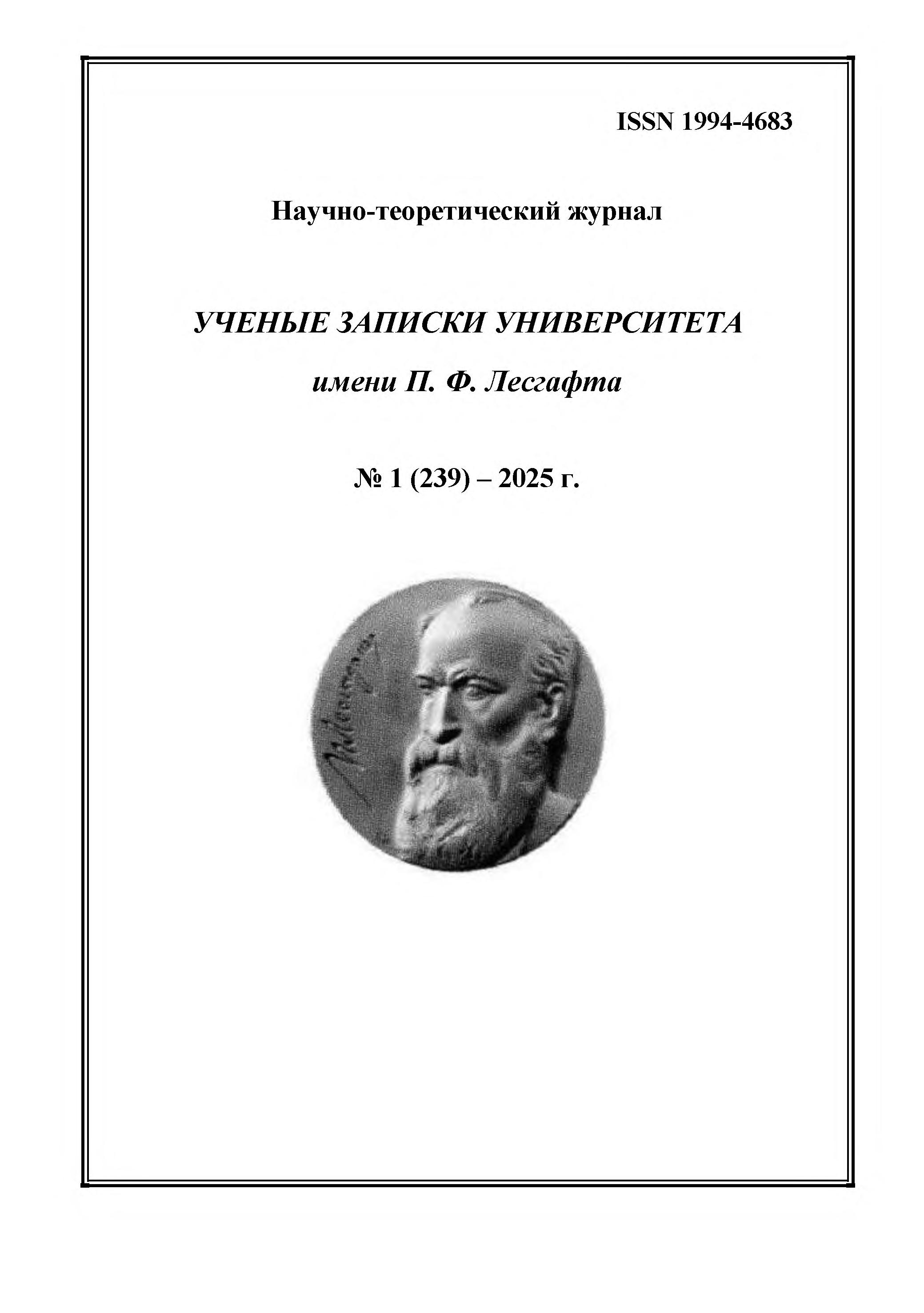Herzen University
Russian Federation
UDC 796/799
CSCSTI 77.05
The complexities of organizing sensorimotor coordination in learners with autism spectrum disorders, caused by the underdevelopment of fine differentiated movements and the disruption of coordination in complexly organized motor acts, necessitate the search for and introduction of technologies from adaptive physical culture into the educational process. These technologies are organized based on a complex of improvisational exercises used in dance therapy. To develop and overcome the challenges associated with the formation of the communicative-cognitive sphere in learners with autism spectrum disorders, a complex of improvisational exercises and adaptive physical culture is employed, which can be utilized in various dance combinations with students with ASD. The purpose of the study is to develop and implement the program "Dancing for Health" based on the integration of dance therapy technology into the adaptive physical culture for students with autism spectrum disorders. Research methods and organization. An analysis of scientific and methodological literature was employed, along with a pedagogical experiment. The work on integrating sports and health-related extracurricular activities with the psychological service at the center was organized experimentally, which included the program "Dancing for Health". Research results and conclusions. The developed program "Dancing for Health" has been tested in the educational process with students aged 10-18 years who have autism spectrum disorders at the State Budgetary Educational Institution School No. 755 "Regional Autism Center" in the Vasileostrovsky district of St. Petersburg. It has been proven that the regular conduct of classes under the "Dancing for Health" program not only contributes to the formation of coordination of complex motor acts based on a set of improvisation exercises used in dance therapy technology in adaptive physical culture, but also creates favorable conditions for the development of the elementary communicative-emotional sphere and imagination among students with autism spectrum disorders at various levels of intellectual development.
adaptive physical culture, dance therapy, students with autism spectrum disorders, coordination of movements, a set of exercises for improvisation
1. Ivanov E. S., Demyanchuk L. N., Demyanchuk R. V. (2004), “Childhood autism: diagnosis and correction”, St. Petersburg, Didaktika Plus, 80 p.
2. Nikolskaya O. S., Baenskaya E. R., Guseva I. E. (2019), “Tasks and methods of correctional care for a child with autism”, Counseling psychology and psychotherapy, Vol. 27, No. 1, pp. 140–152.
3. Nikolskaya O. S., Kostin I. A. (2018), “A child with autism spectrum disorders at school: specific educational needs and ways to implement them”, Izvestiya Uralskogo federalnogo universiteta. Ser. 1. Problems of education, science and culture, Vol. 24, No. 4 (180), pp. 116–120.
4. Baryaev A. A. (2016), “Methodological aspects and technologies of sports training of persons with disabilities”, Moscow, Paradigm, 90 p.
5. Evseev S. P. (2016), “Theory and organization of adaptive physical culture”, Moscow, Sport, 616 p.
6. Malashenok M. S., Mirgorod N. V., Demyanchuk Ya. V. (2019), “Dynamics of characteristics of the emotional and communicative sphere in children with autism spectrum disorders in the process of dance therapy”, St. Petersburg Psychological Journal, No. 27, pp. 34–36.







